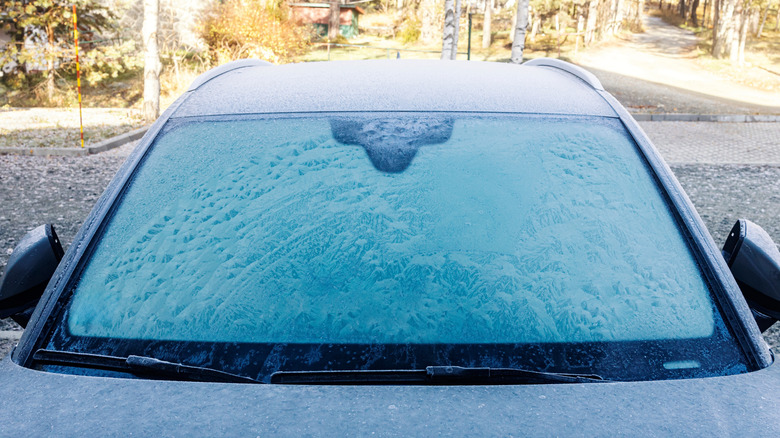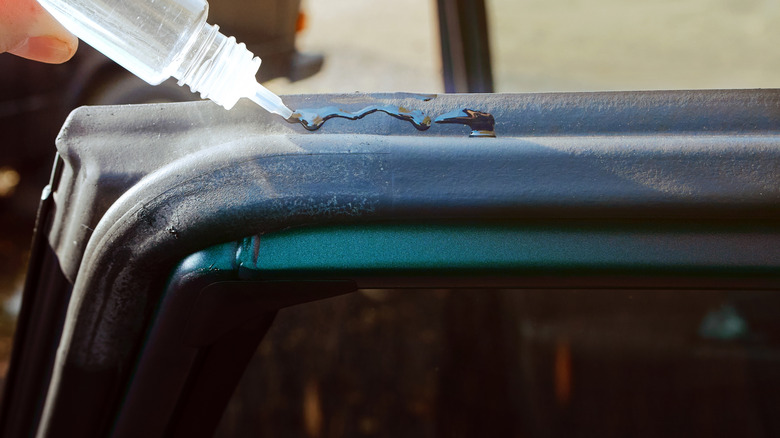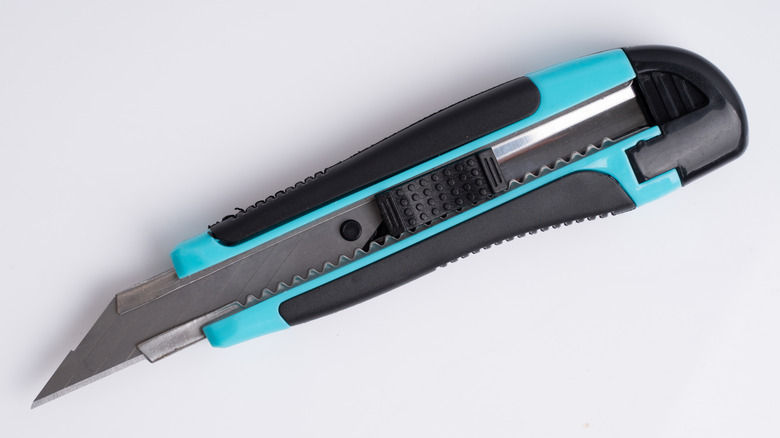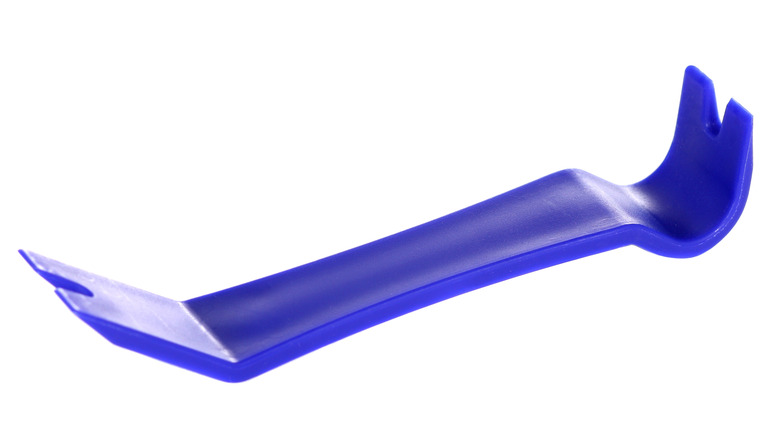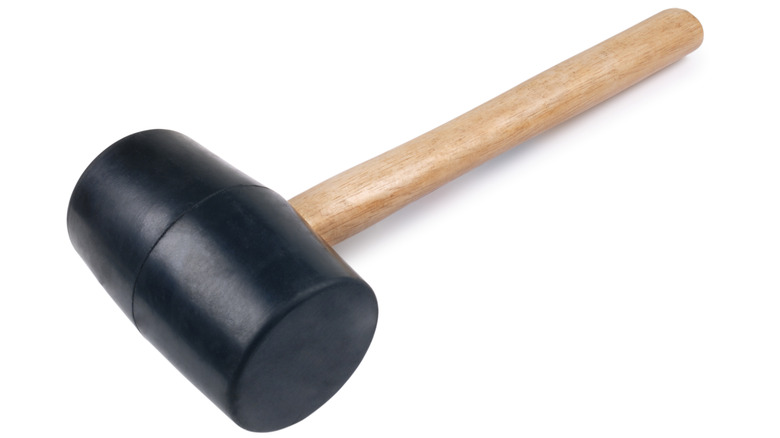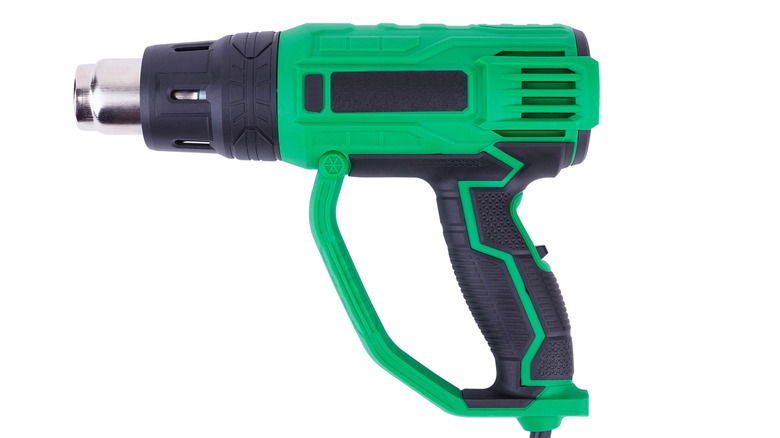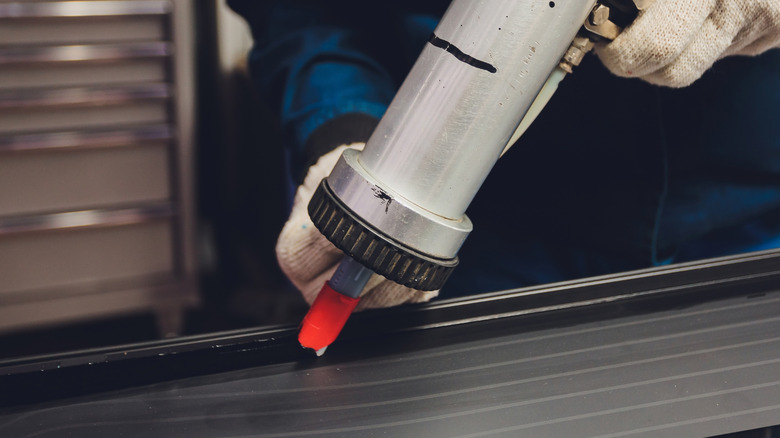5 Tools You'll Need When Replacing The Rubber Strip Around A Windshield
The car windshield is something that we tend to take for granted. It helps to cocoon us in our vehicles, safely sheltered from the elements. Aside from the windshield itself, one of the ways that this is achieved is the rubber seal fitted around the glass. This serves the purpose of weatherproofing, but it also helps to dampen vibrations. However, it is prone to damage and can also deteriorate over time. Exposure to sunlight, chemicals like detergents, and oil and fuels thrown up from the road by other cars can all combine to harden or even perish the seal.
Replacing a damaged windshield seal quickly is important. Modern vehicles are crammed full of delicate electronics, and these generally don't appreciate the presence of water over time. One way of doing this is to take your vehicle to a service center or windshield specialist. Yet, armed with the right tools, it's possible to replace the rubber strip around your windshield yourself. Although this won't need fitting as often as your windshield wipers, it shouldn't be overlooked.
When do you need to replace your windshield's rubber seal?
Waiting until the seal fails is something that is best avoided to help mitigate any potential damage. In many cases, it's possible to identify when your rubber seal needs to be replaced before a complete failure. Obviously, if you spot water ingress, then the seal may be the problem. Other signs that can alert you to problems include foggy windows, cracks on the rubber, severe discoloration, and brittle rubber.
Further clues that the rubber is failing can include excess noise. Air noise and extreme wind noise can both be pointers that the seal's integrity is failing or has failed. Finally, windshield vibrations or if the windshield appears misaligned can also signify a potential windshield seal failure. If any of these sound familiar, then it's time to get the tools out. Let's look at the essential tools you'll need to replace your windshield rubber seal.
Utility knife or razor blade
The first essential tool to replace the rubber strip is a good utility knife, or even a razor blade. As with any instance where sharp blades are present, care is needed here. Always wear gloves to protect your hands and be patient — working slowly will help to avoid slips.
The primary purpose of this knife is to strip away the existing seal and remove any leftover sealant or adhesive. To achieve the best results, opt for a sharp knife that has good ergonomics and is solidly built. Additionally, knives with snap-off blades can help, as the rubber can quickly take the edge off even the sharpest of blades.
One thing to watch for is when the rubber has become hard or brittle. If this has happened, it's best to take multiple passes and remove the rubber little-by-little. You can also use an airgun to heat and soften the rubber, making it easier to remove. Taking these steps avoids exerting too much force, which can damage the windscreen. Overall, this is a stage that should never be rushed, and the aim is to safely remove as much rubber and adhesives as possible.
Trim removal tools
Aside from doing the job the name of the tool suggests, trim removal tools can be a useful assistant throughout the project. Although not an essential item, these aids can be considered something of a multi-tool, and can help with tasks like prying off old rubber strips without scratching the glass or damaging the surrounding trim. They are especially helpful when dealing with stubborn or tightly fitted pieces that a utility knife or hands alone might struggle to remove cleanly.
There are various shapes and sizes available. When considering these tools, it's best to opt for plastic options, as these are less likely to damage the windshield or vehicle paintwork. Because they are plastic, they are also a relatively cheap addition to the toolbox, with basic sets available from a few dollars upwards. Whether you're removing the seal, loosening clips, or cleaning before applying the new seal, adding some trim removal tools to your armory is a sensible investment. They are also incredibly useful for tasks like installing a new car stereo and other interior projects.
Rubber mallet
Hitting any part of a vehicle with a hammer is obviously best avoided. However, when changing a windshield rubber seal, the need to apply a little gentle persuasion can occasionally be inevitable. This is why a rubber mallet is a surprisingly useful tool. Unlike their metal equivalent, a rubber mallet allows you to apply a little force without damaging the paintwork, glass, or trim.
These tools are useful throughout the task, but come into their own when fitting the rubber seal. A rubber mallet helps to ensure that the seal is fitted tightly, and is particularly helpful when dealing with tight or stubborn corners. A little common sense should also be applied here. Make sure to start by applying the least force you think the task might need, and work up from there. However, there comes a point where even a rubber mallet can do some damage, so be careful.
Heat gun or hairdryer
Applying a little heat throughout the project can make the task a whole lot easier. Initially, heating the old seal can make its removal much simpler. This is particularly useful if the seal has hardened significantly over time, or is just plain brittle. It's also useful at the other end of the job: When fitting the new seal, applying some heat will soften the rubber and make it more flexible. Although it's always useful to have this in your toolkit for changing a rubber seal, it's particularly beneficial in colder climates where the rubber can stiffen and lose some of its elasticity.
Of course, common sense applies here too. Excessive heat can warp or weaken the rubber or blister paintwork. In severe cases, sudden or uneven heating can cause your windshield to crack. It's also important to make sure there are no solvents or other flammable liquids present in the area where heat is applied as well.
Sealant or adhesive
Whether you need to use sealant or adhesive is something of a "sticky" point, in more ways than one. Many modern windshield rubbers are designed to be fitted without the need for any sealants because the windshield is fitted using an adhesive that doubles as a sealer. It's worth checking if this is required on your particular model before you proceed. However, there are a couple of factors to consider here.
First, if your vehicle is older or the windshield design uses a gasket-style rubber, you may need to use a bead of sealant around the edges to ensure a proper seal. Second, is that even with adhesive-bonded windshields, small gaps can sometimes form, and a little sealant can ensure its integrity upon installation. Most commonly, the preferred types of sealant when fitting windshields are polyurethane or silicon-based. However, some manufacturers have specific recommendations, so always do your research and confirm with the automaker first.
